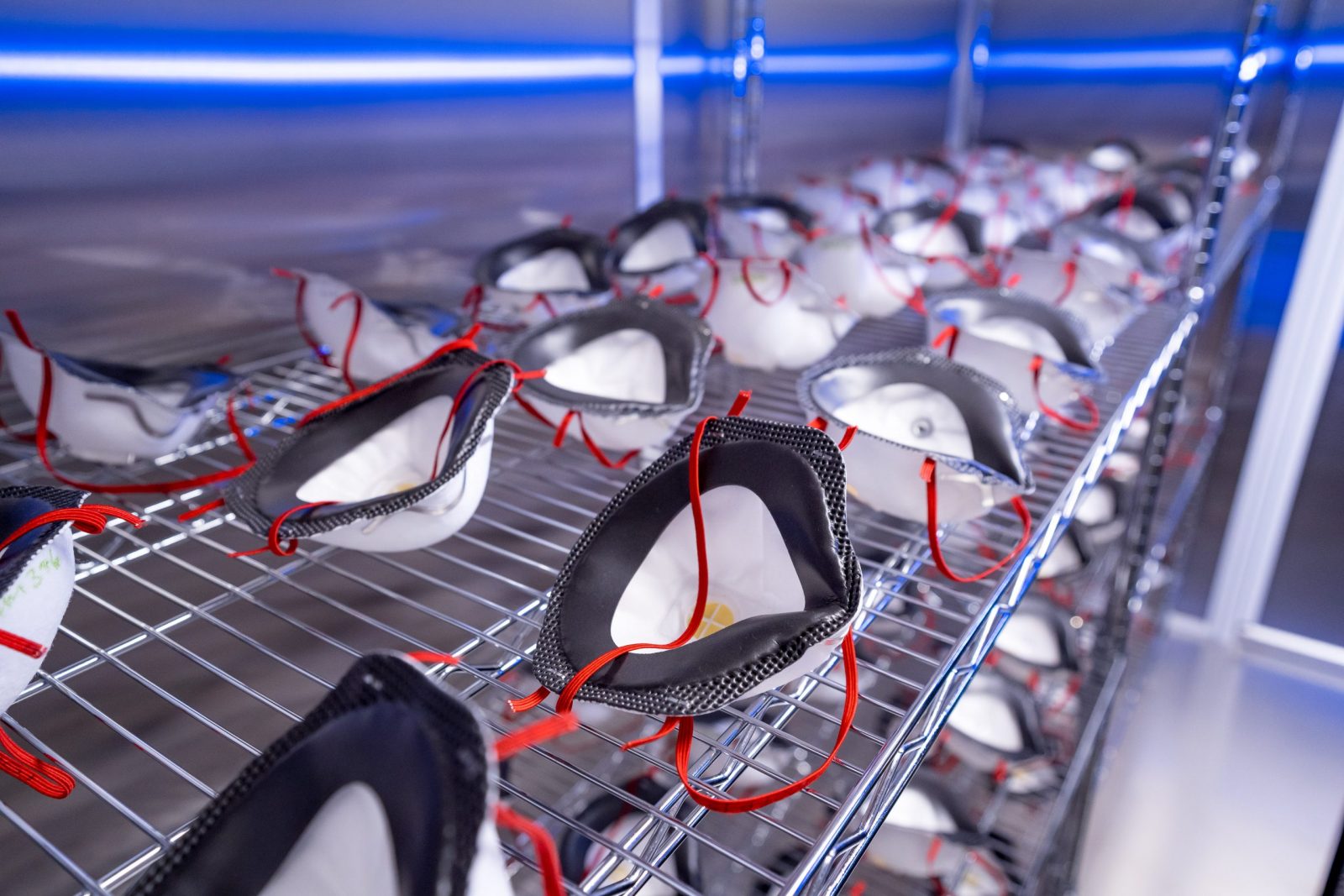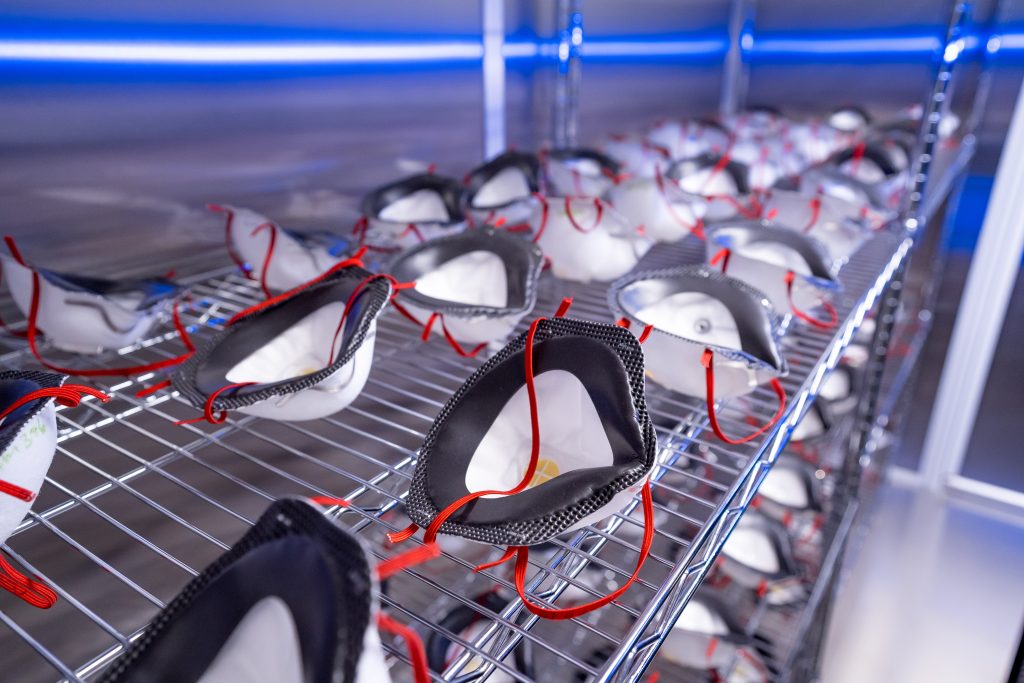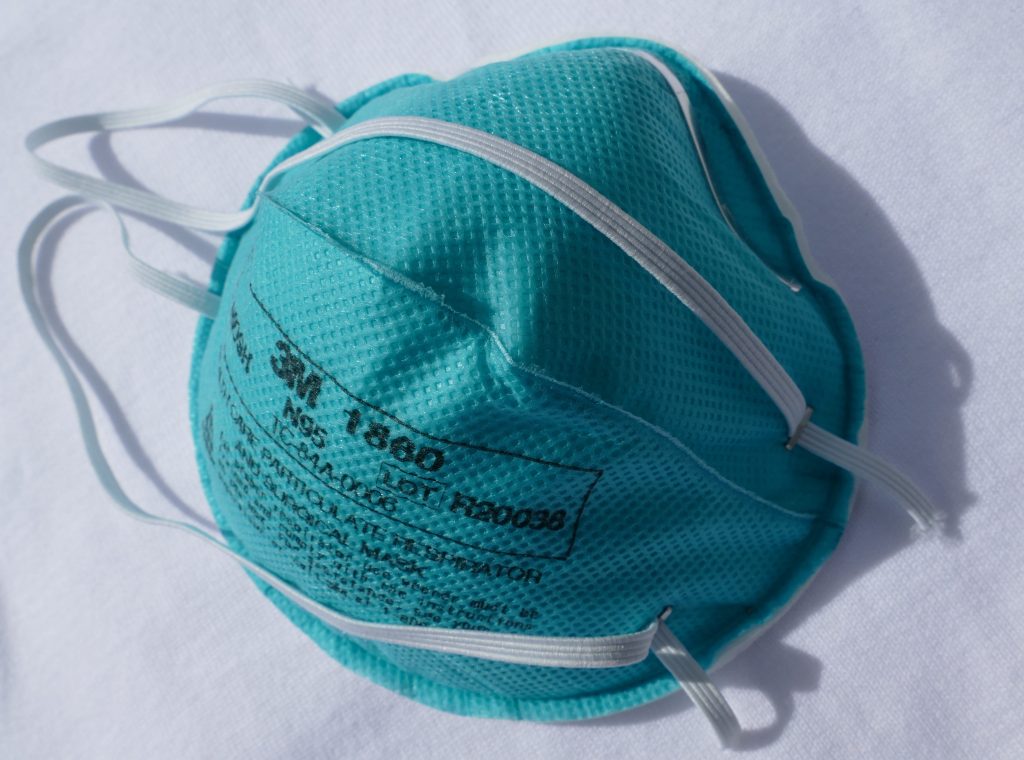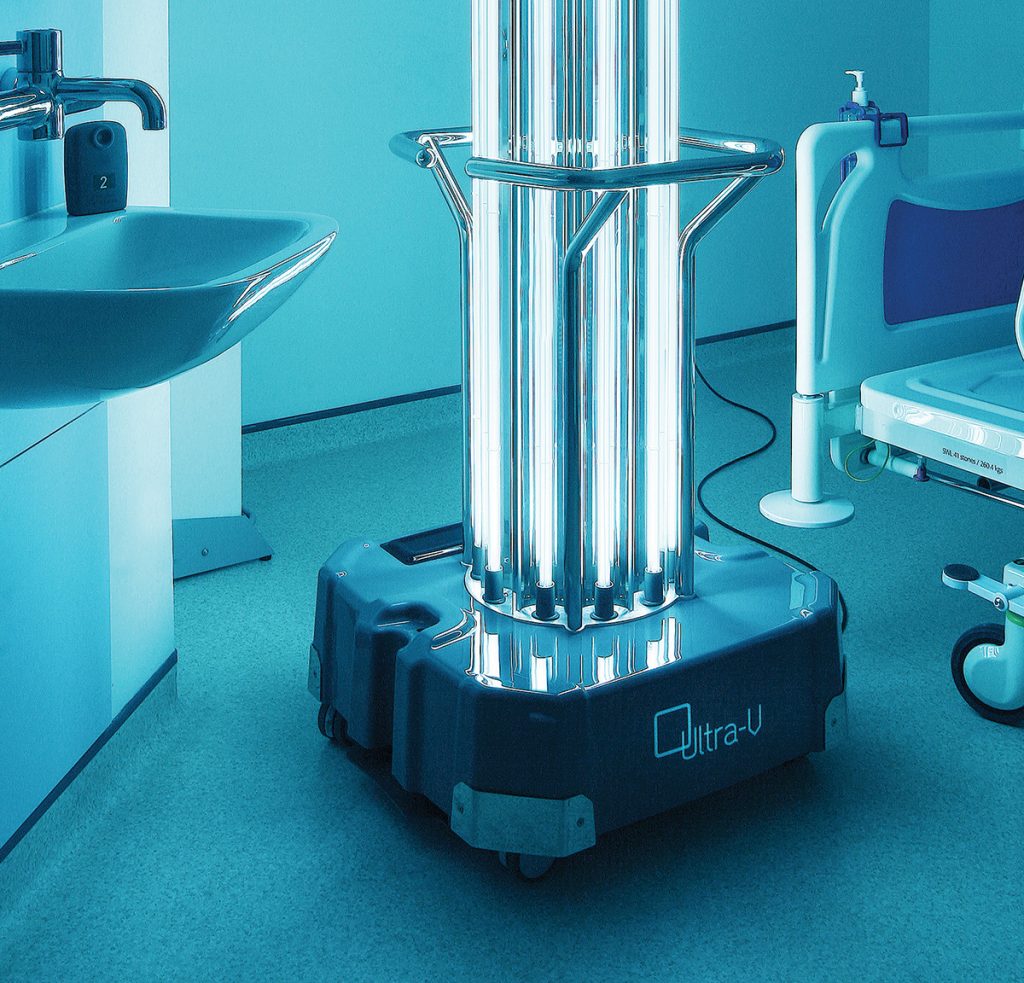
Welcome to the 6th edition of the Inivos Academic Digest for 2021, where our team share the most interesting and thought-provoking research across microbiology, personal protective equipment (PPE) and infection prevention and control.
Over June, there has been a significant increase in the amount of work published for UV-C and HPV decontamination technologies and their efficacy to decontaminate surfaces and PPE without affecting integrity and performance of the masks. Papers were published in Scientific Reports, Pathogens & Immunity, BMC of Infectious Diseases and the Journal of Virology Methods. In addition, some other work emphasised the importance of air filtration and disinfection in controlling transmission of SARS-CoV-2 and other potential outbreaks. Papers were published in Scientific Reports and Diabetes Metabolic Syndrome journal.
The next challenge will be to further examine the occurrence of secondary infections in COVID-19 positive patients. Papers were published in Lancet Microbe and Clinical Microbiology and Infection.

PPE decontamination
One review in the Photochemical and Photobiological Sciences1 journal analysed the literature for the efficacy of UV-C, HPV and other technologies used to decontaminate N95 filtering facepiece respirators (FFRs). The authors found that HPV decontamination was effective against bacterial spores (6 log10 reduction of Geobacillus stearothermophilus spores) on FFRs and viruses (> 4 log10 reduction of various types of viruses) on inanimate surfaces, without causing degradation of respirator materials and fit. UV-C irradiation showed good biocidal efficacy on FFRs (> 3 log10 reduction of H1N1 virus) without altering the performance of the respirators. Other technologies such as ethanol and HPGP showed good biocidal activity but significantly altered the integrity of the respirators.

One study in Pathogens and Immunity2 journal evaluated the effectiveness of 2 UV-C light boxes to decontaminate N95 respirators. Authors reported that, for the first UV-C box, a 20-minute treatment achieved the required reduction for Moldex 1513 but not 3M 1860 respirators. For the second UV-C box, a 1-minute treatment achieved the required bioburden reduction in 4 bacterial strains for the Moldex 1513 respirator. Colorimetric indicators demonstrated penetration of UV-C through all layers of the Moldex 1513 respirator but not the 3M 1860 respirator.
One study in the Scientific Reports3 journal assessed the impact of multiple UV-C light disinfection cycles on the integrity of N95 FFR. Inspection of N95 FFRs before and after UV treatment showed no observable or tactile abnormalities in the integrity of respirator material or straps, no impact on breaking strength, no compromise in user fit following UV treatment, no impact on integrity, and average filtration efficiency did not fall below 95% for any of the respirator types or fluence levels. This paper provides evidence that UV disinfection does not compromise N95 FFR integrity at UV fluences up to 10,000 mJ cm−2.

UV-C & HPV efficacy studies
One paper in the Journal of Virology Methods4 evaluated the inactivation of SARS-CoV-2 isolates from lineages B.1.1.7 (Alpha), P.1 (Gamma) and B.1.110 (USA) by heating and UV-C irradiation. The three isolates were irradiated using UV-C light (one lamp) into the biosafety cabinet, and complete inactivation was observed after 30 minutes with a UV dosage of approximately 180 mJ/cm2 at a 60cm distance, indicating the three lineages could be equally sensitive to UV irradiation. Despite showing inconsistencies for viral inactivation by heat at 45 oC,, the three isolates were completely inactivated after 40 min at 50 °C.
Correspondingly, another study in the BMC of Infectious Diseases5 evaluated the efficacy of UV-C lamps to disinfect surfaces potentially contaminated with SARS-CoV-2 in critical hospital settings. They concluded that disinfection with UV-C lamps can be achieved by taking into consideration some significant parameters including light reflectivity, power of the lamps, exposure time, appropriate UV-C dose and distance.
COVID-19 and air filtration
One study in the Scientific Reports6 journal evaluated aerosol transmission of airborne pathogens in ICU rooms of COVID-19 patients using experimental and computational simulation methods. Numerical results indicate that adequate bed orientation and additional air treatment unit positioning can increase by 40% the number of particles extracted and decrease by 25% the amount of particles deposited on surfaces 45s after shedding. This approach could help lay the grounds for a more comprehensive way to tackle contamination risks in hospitals.
One preprint paper in the Diabetes Metabolic Syndrome7 Journal emphasised the importance of air filtration during the COVID-19 era. The author suggested that the effective ventilation, avoidance of recirculation of air, enhanced particle filtration by suitable air filters and air disinfection can control infection transmission, and that the combination of HEPA filtration and UV-C disinfection can help control the spread SARS-CoV-2.
COVID-19 and secondary infections
One multi-centre, prospective cohort study in the Lancet Microbe8 journal shed light on the emergence of secondary co-infections in covid-19 patients after their hospital admission in the UK. Researchers found that 762 (70·6%) of 1080 infections were secondary, occurring more than 2 days after hospital admission. Staphylococcus aureus and Haemophilus influenzae were the most common pathogens causing respiratory co-infections (diagnosed ≤2 days after admission), with Enterobacteriaceae and S aureus most common in secondary respiratory infections. Bloodstream infections were most frequently caused by Escherichia coli and S aureus.
One review in the Clinical Microbiology and Infection9 journal analysed the literature for the occurrence of secondary infections in COVID-19 patients. The review included secondary outbreaks and incidents from countries such as USA, France, Italy, Israel and others. The authors reported the pathogens to cause healthcare-associated infections (HAIs) in COVID-19 patients include methicillin-resistant Staphylococcus aureus (MRSA), New Delhi metallo-β-lactamase-producing carbapenem-resistant Enterobacterales, carbapenem-resistant Acinetobacter baumannii, extended-spectrum β-lactamase Klebsiella pneumoniae and vancomycin-resistant enterococci (VRE).




